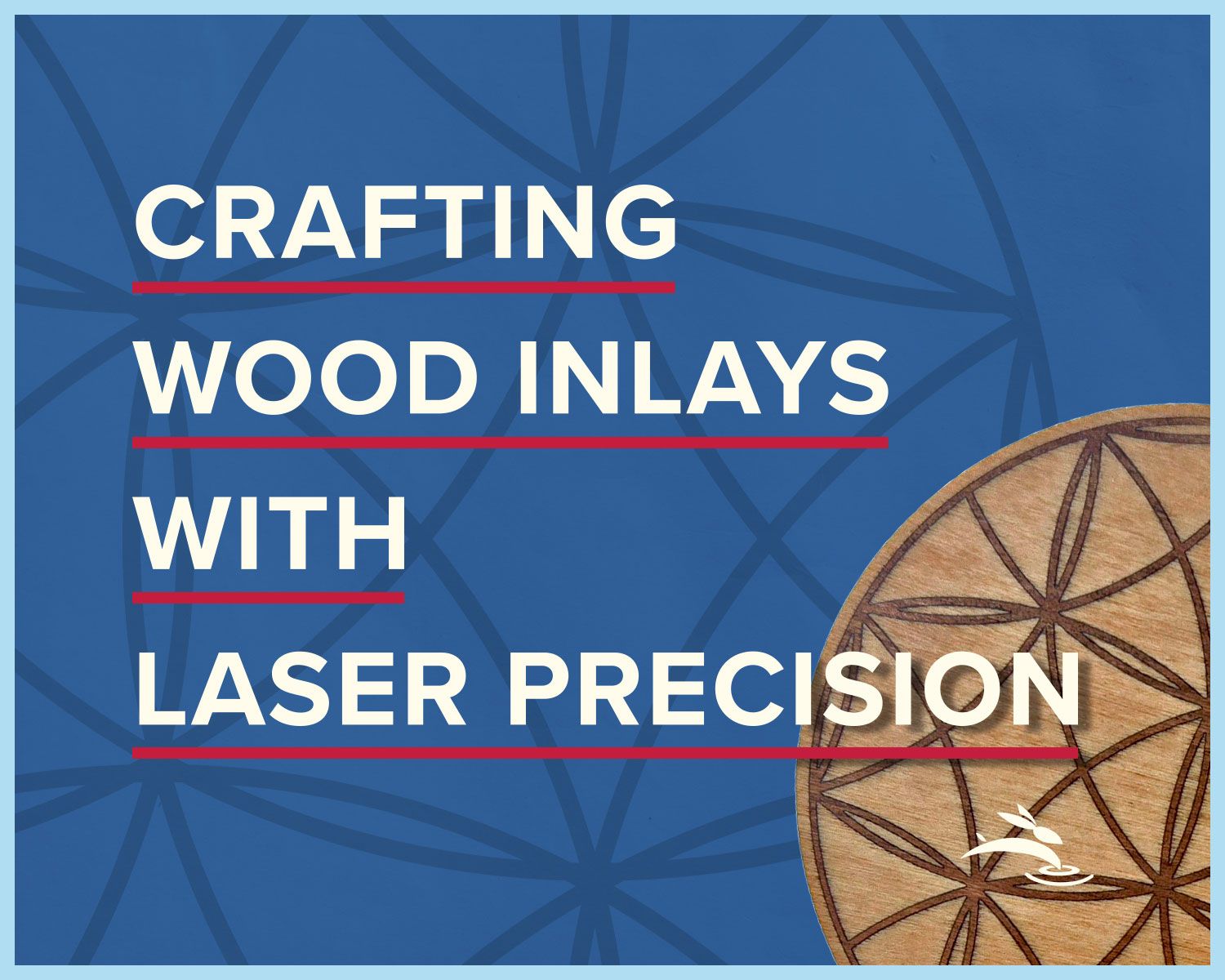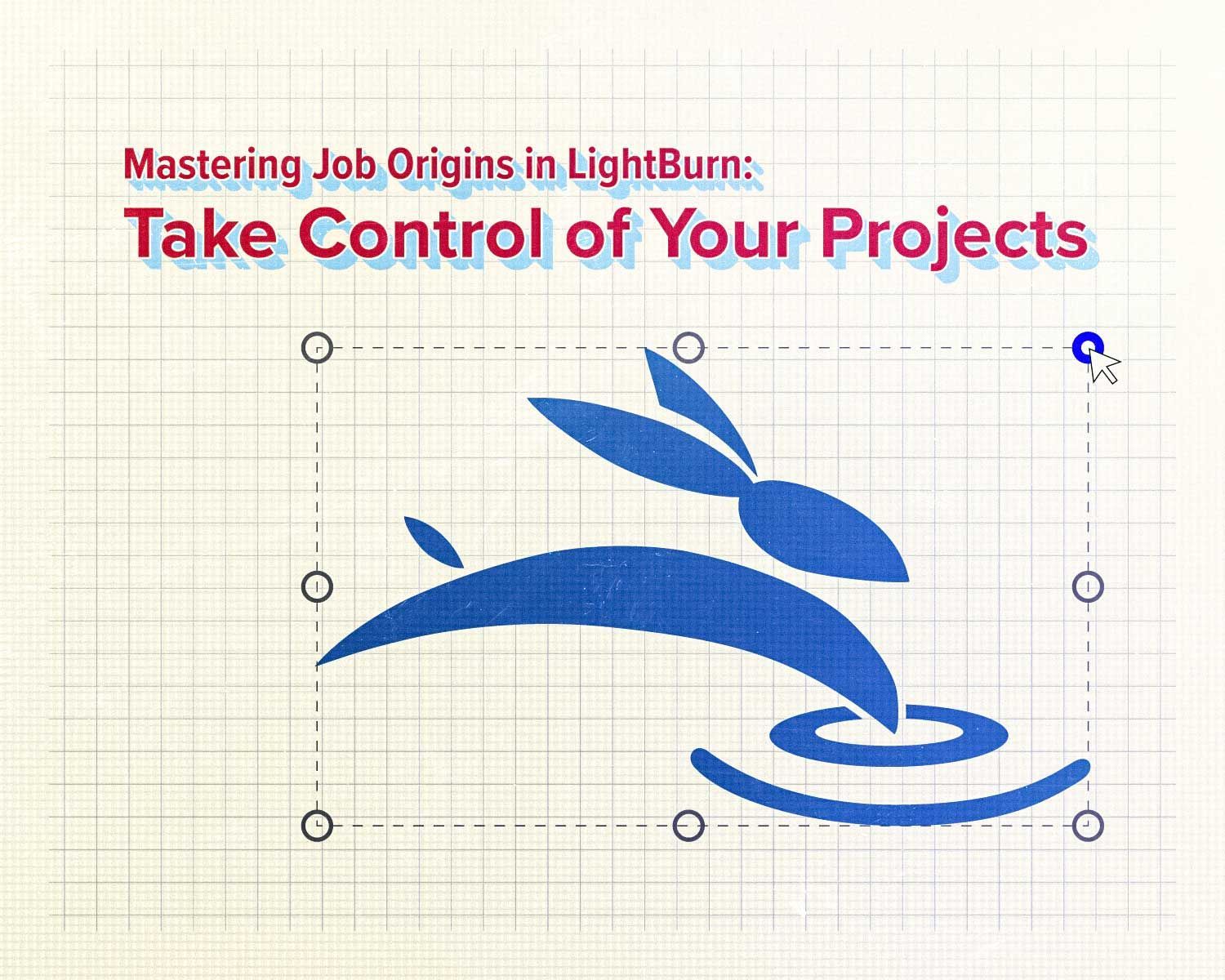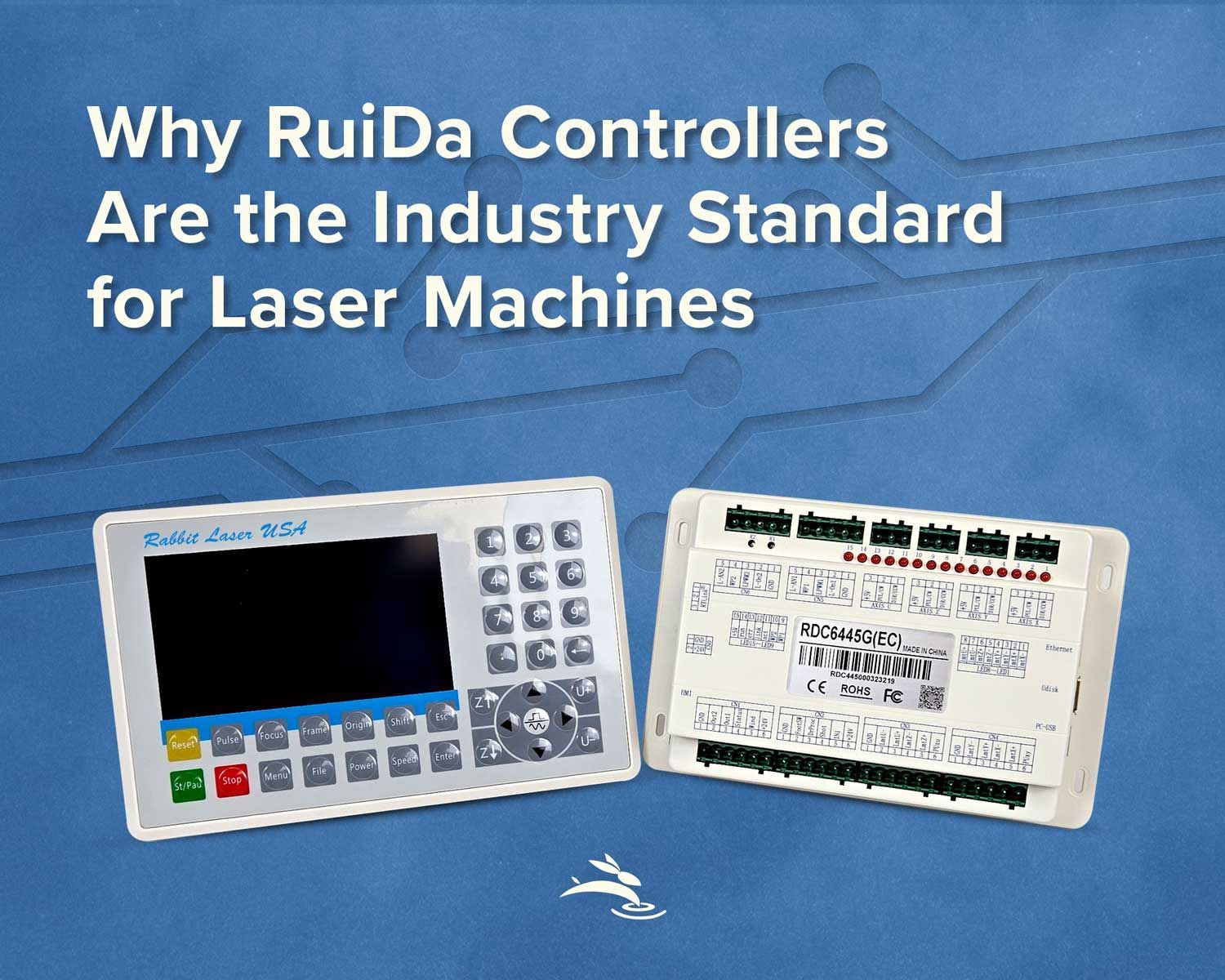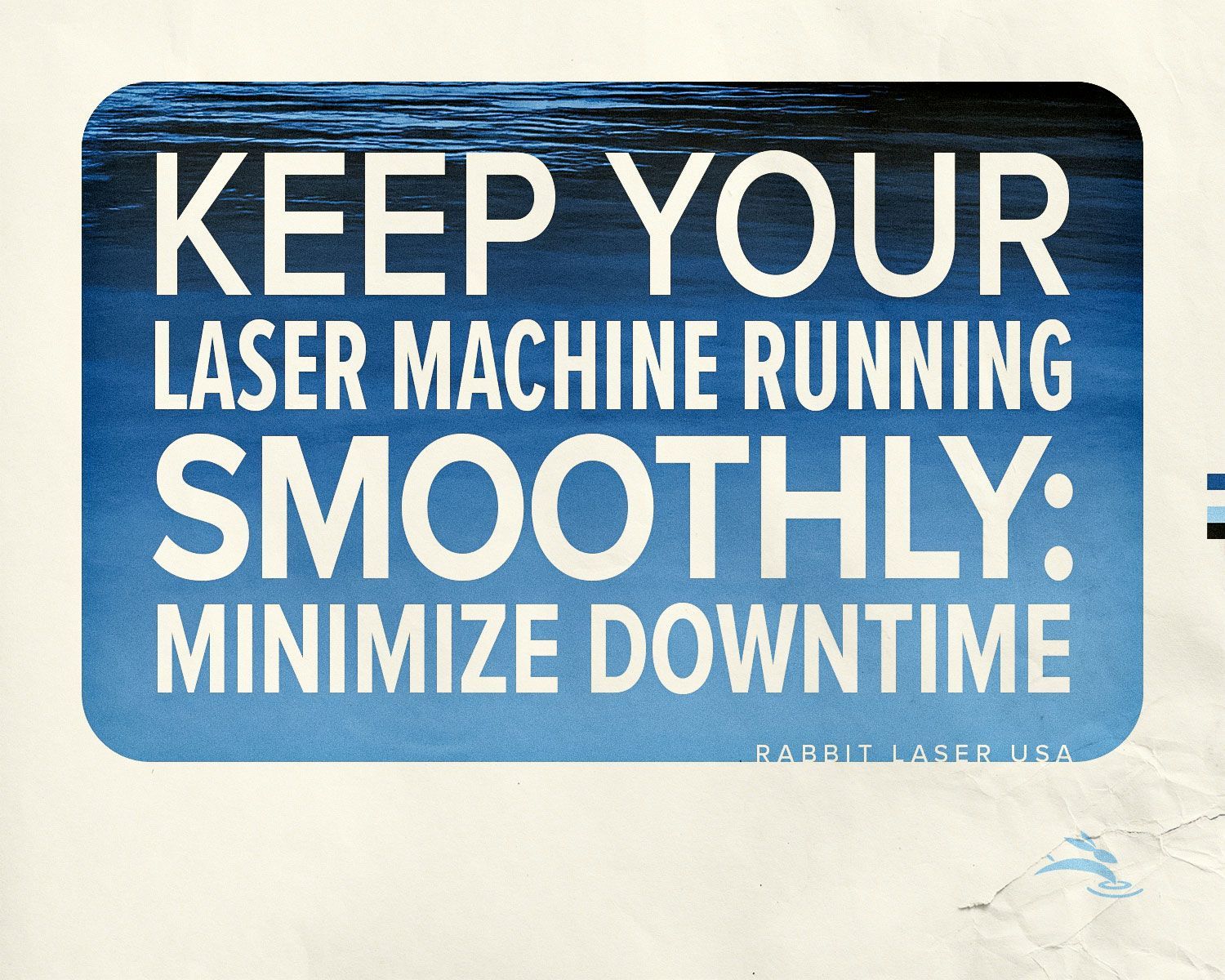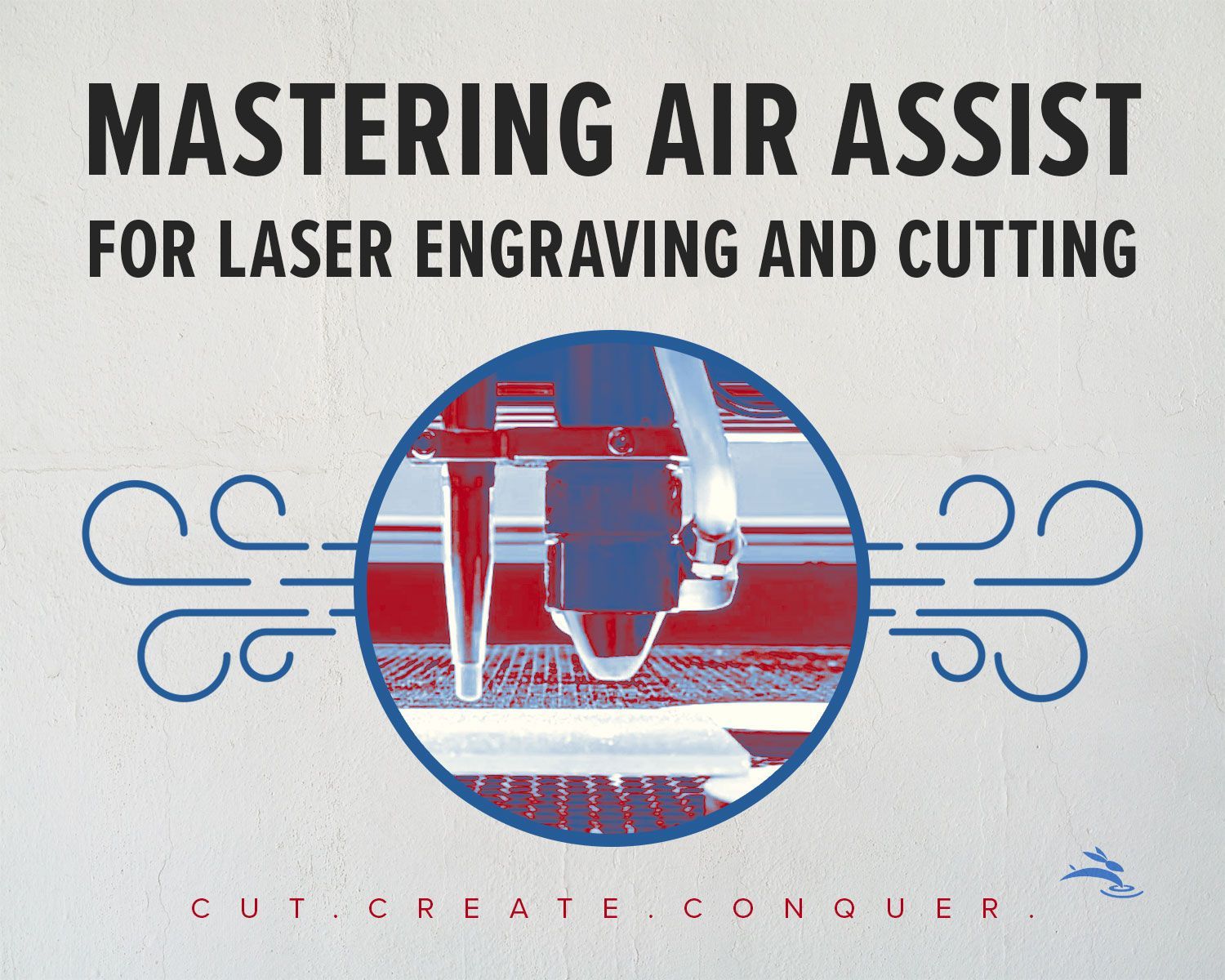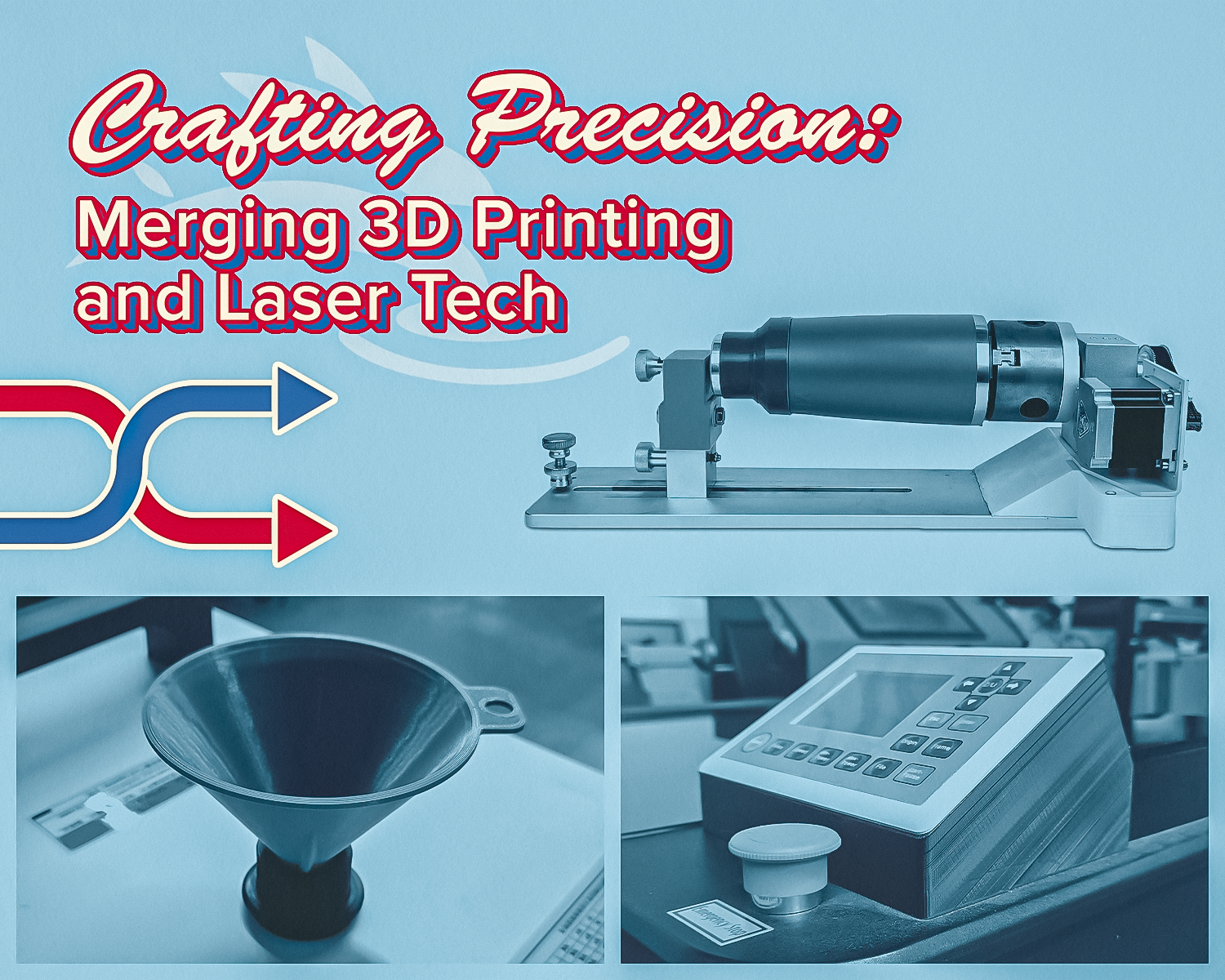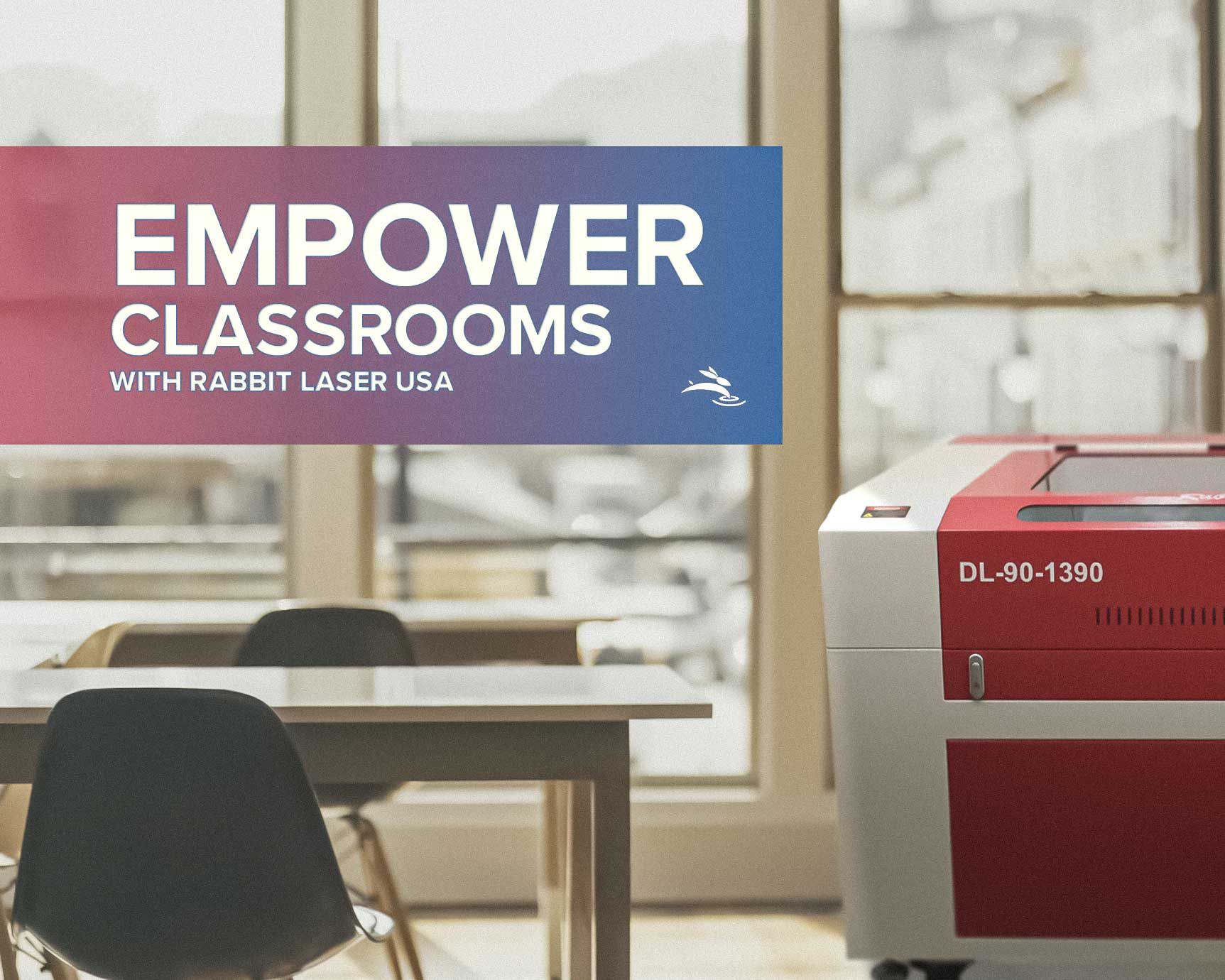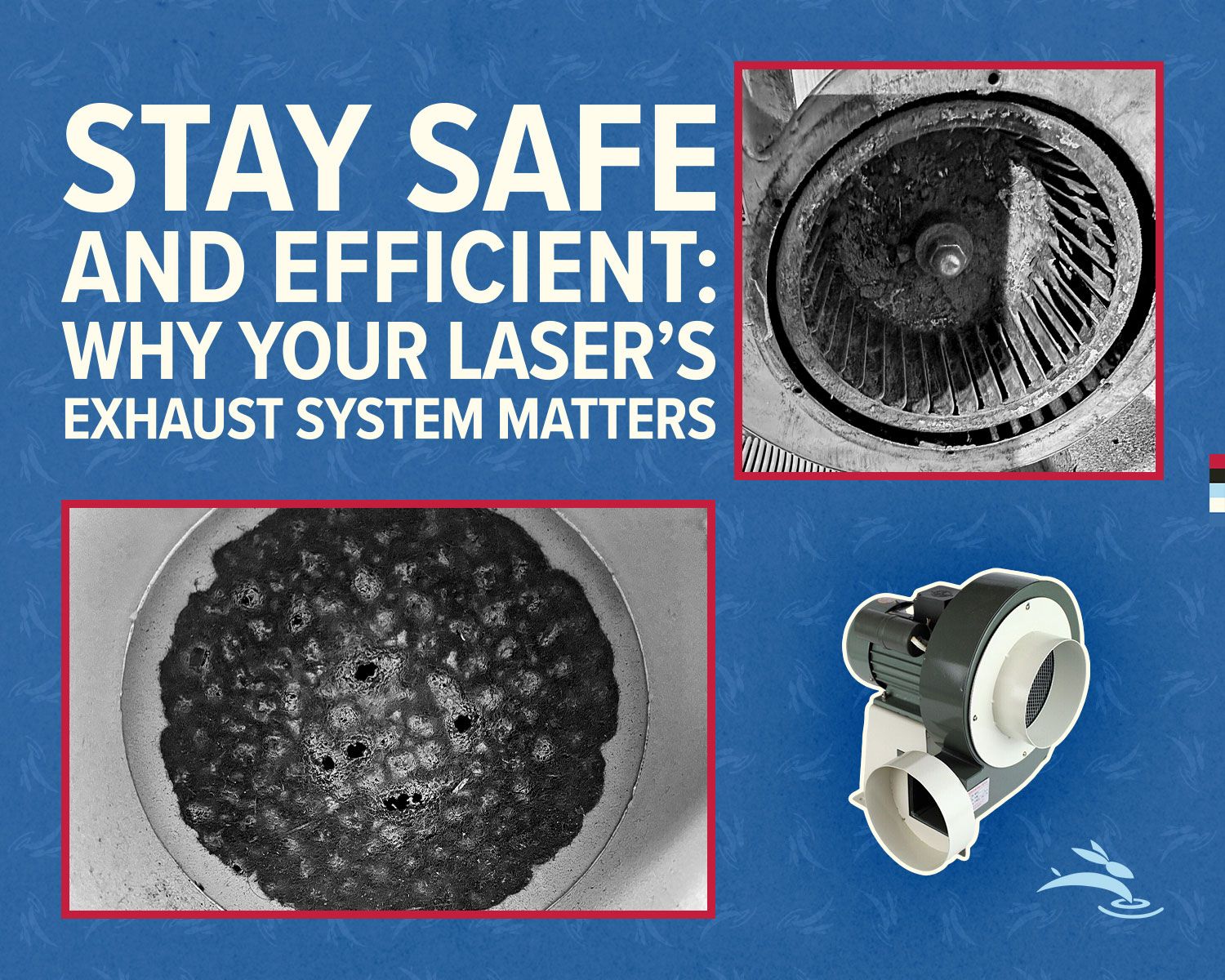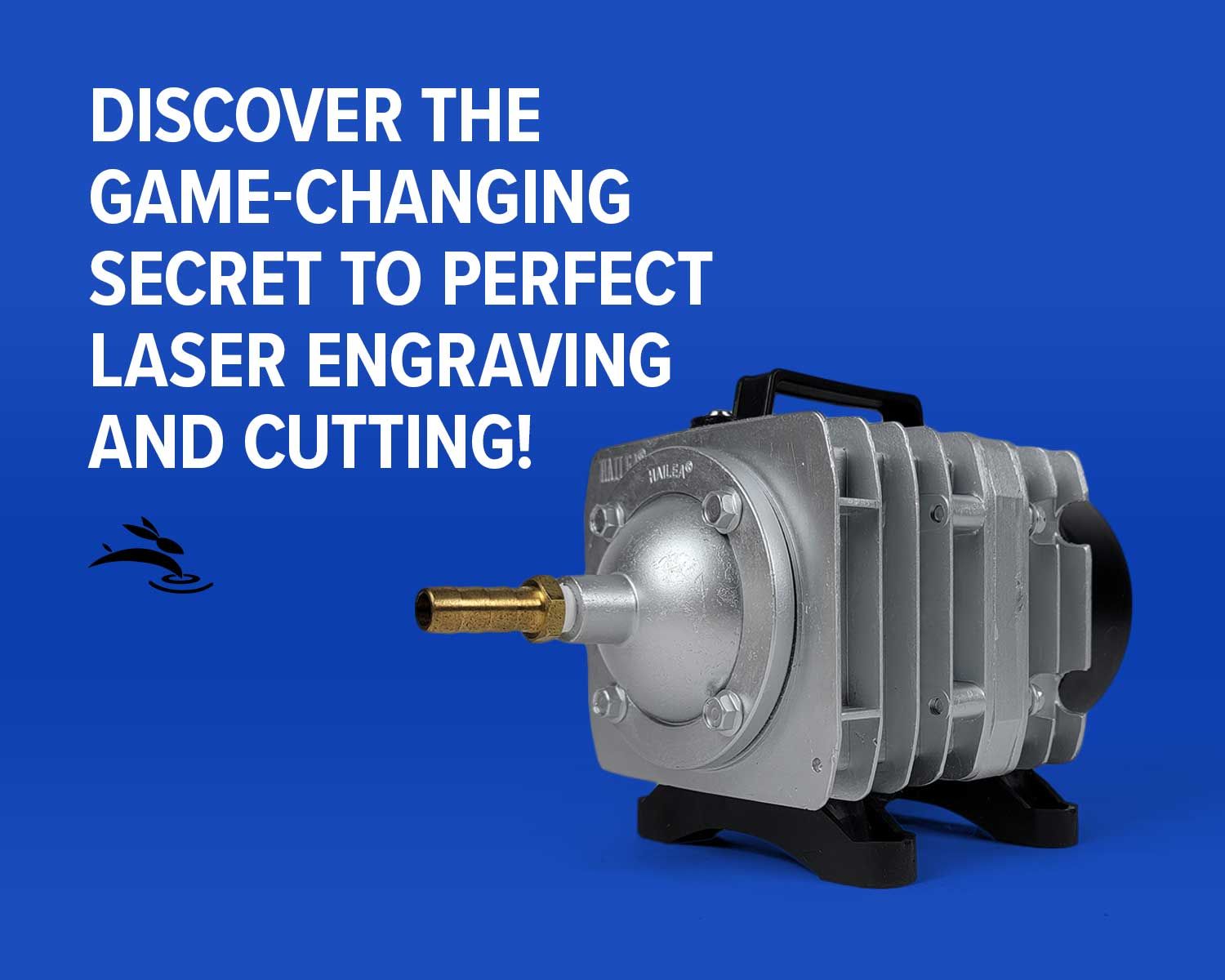
Discover the Game-Changing Secret to Perfect Laser Engraving and Cutting!
Introduction
Laser engraving and cutting have revolutionized various industries with their precision and efficiency. Behind the scenes, an often-overlooked component plays a critical role in optimizing these processes: air-assist technology.
Understanding Air-Assist
Air-assist serves as a silent hero in laser engraving and cutting machines. It operates by blowing air onto the workpiece during the laser processing, offering multiple benefits that significantly impact the quality and efficiency of the operation.
The Role of Air-Assist in Laser Engraving/Cutting
- Smoke and Debris Removal: By swiftly whisking away smoke and debris generated during laser operations, air-assist ensures clear visibility of the workpiece and maintains consistent cutting quality.
- Cooling Function: Laser systems generate intense heat, which can lead to material warping or damage to the equipment. Air-assist aids in dissipating this heat, safeguarding both the material being processed and the laser optics.
- Protection of Optics: The focusing lens and other optical components are crucial for precise laser operations. Air-assist helps in keeping these components clean by preventing debris buildup, thereby prolonging their lifespan and ensuring reliable performance.
Advantages of Air-Assist
The incorporation of air-assist technology brings forth a multitude of advantages:
- Enhanced cutting/engraving quality
- Increased productivity and efficiency
- Cost savings through reduced maintenance and downtime
Types of Air-Assist Systems
Various air-assist configurations, such as compressed air or dedicated air pumps, cater to different application needs. Choosing the right system is crucial for achieving optimal results.
Maintenance and Optimization
Regular maintenance is key to ensuring that the air-assist system operates smoothly and efficiently. Here's how to properly maintain your air-assist system:
- Regular Inspection: Conduct routine inspections to check for wear, damage, or blockages in hoses, fittings, and nozzles.
- Cleaning: Keep the air filter clean to prevent dust and debris buildup, and remove any residue from the nozzles and fittings.
- Lubrication: Lubricate moving parts according to the manufacturer's recommendations to prevent friction-related issues.
- Tightening Connections: Check and tighten all connections to prevent air leaks that can affect system efficiency.
- Replacing Consumable Parts: Replace worn-out or damaged parts as needed to maintain optimal performance.
- Adjusting Air Pressure: Monitor and adjust air pressure settings as necessary to suit different materials and cutting/engraving parameters.
- Training and Education: Provide operators with proper training on maintenance procedures to ensure the longevity and reliability of the equipment.
Real-World Applications
Industries ranging from signage to woodworking and automotive utilize air-assist technology to achieve precise and high-quality laser processing results.
Future Trends and Innovations
As technology advances, so does air-assist technology. Emerging innovations promise to further enhance the capabilities and versatility of laser engraving/cutting machines, opening doors to new possibilities.
Conclusion
In the world of laser engraving and cutting, air-assist technology stands as a vital component, driving quality, efficiency, and innovation. Its role in enhancing performance and ensuring optimal results underscores its importance in modern manufacturing and design processes. By following proper maintenance practices, operators can maximize the benefits of air-assist technology and ensure consistent, high-quality results in their laser processing operations. 🐰
